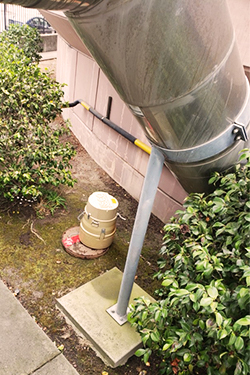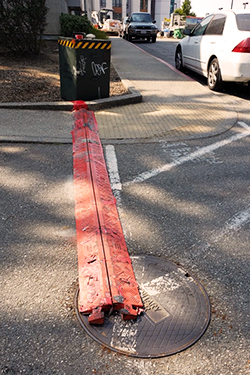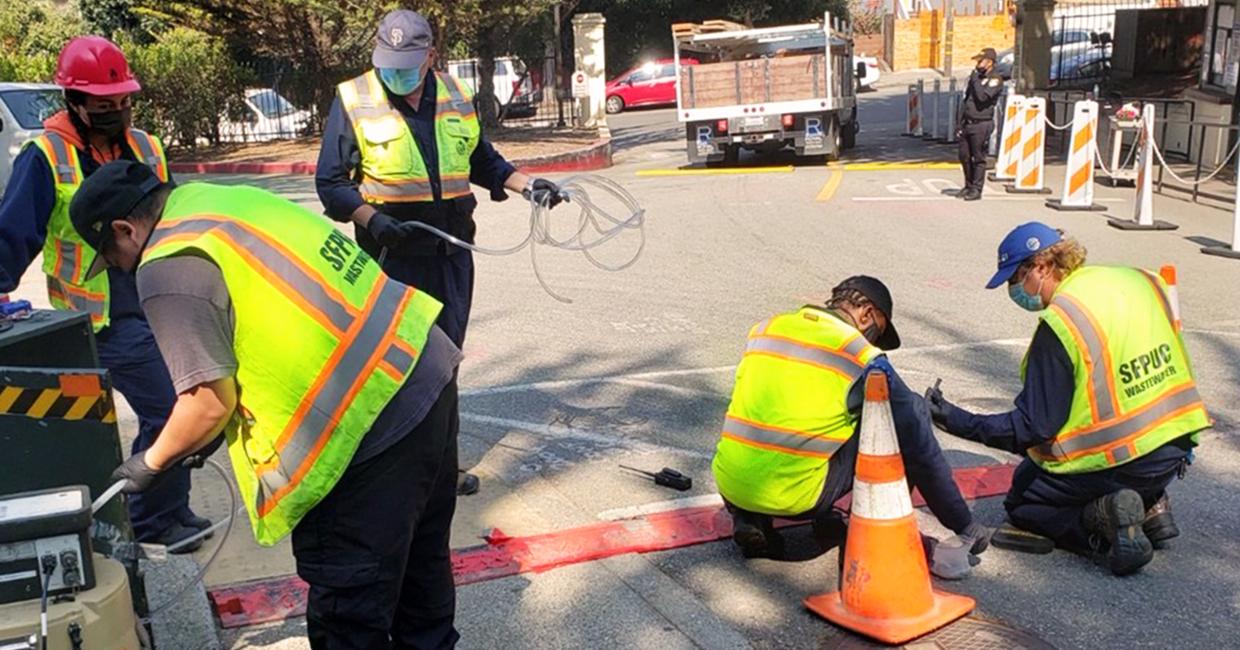The State Water Resources Control Board and the California Water Quality Monitoring Council recently recognized the SFPUC and other agencies for their role in developing and implementing wastewater monitoring to manage the spread of SARS-CoV-2, the virus that causes COVID-19.
Since the start of the COVID-19 pandemic, scientists have sought ways to identify signs of the virus’ spread. SARS-CoV-2, the virus that causes COVID disease, has not been shown to be transmissible through wastewater, but once scientists discovered that fragments of the genetic material of the virus could be found in wastewater, they began to take a closer look.
This is where the San Francisco Public Utilities Commission stepped in. It has been sending wastewater samples to scientists working on UC Berkeley’s Covid Wastewater Epidemiology for the Bay Area (COVID-WEB) project and Stanford University’s Sewer Coronavirus Alert Network (SCAN).
Members of the public can see, in real-time, the same data from 11 California counties that public health officials use at COVID-WEB. They can also learn more about the way wastewater monitoring works at https://data.covid-web.org/.

“Wastewater naturally pools the waste from hundreds to even millions of people in a single sample, so if you can collect a representative sample of wastewater and analyze it, you can gain a tremendous amount of information that you likely couldn’t gain through testing people individually,” said Kara Nelson, professor of civil and environmental engineering at UC Berkeley, who leads the team that developed a new technique to test wastewater for SARS-CoV-2.
In other words, wastewater from toilets became a new source of information during the COVID pandemic.
This is why monitoring wastewater from a specific neighborhood or building can be an efficient way to track whether the virus is spreading. Since the virus can start to shed in an infected person’s stool before they have symptoms, monitoring wastewater can potentially serve as an early warning ahead of an outbreak.
This was the case at a large skilled nursing facility in San Francisco where the SFPUC sampled the wastewater. Samples were taken every 15 minutes for 24 hours a day, two days a week. They were then delivered to UC Berkeley for rapid analysis.
The wastewater data was also used by the nursing facility to corroborate the clinical testing they performed on their staff and residents. Staff at the nursing facility compared data from their clinical testing with data from the wastewater testing. This helped the facility determine whether they had successfully identified and quarantined all infected individuals identified by clinical testing.

“Because the genetic blueprint of the virus consists of RNA, measuring the amount of COVID-19 RNA in wastewater over time can give researchers an idea if cases are increasing or decreasing in certain areas,” said Tim Paez, Wastewater Control Inspector for the SFPUC’S Wastewater Enterprise Collections System Division.
According to the UC Berkeley lab conducting the research, the work with the SFPUC was an important pilot project. The work served to validate the practice of wastewater epidemiology testing, the study of patterns and causes of disease that may be gleaned from testing wastewater, on a building-by-building basis.
The SFPUC also participates in a regional monitoring group that was formed to coordinate testing throughout the Bay Area. A steering committee with experts from public health, wastewater, and research guides a regional wastewater monitoring effort for SARS-CoV-2 in the San Francisco Bay Area. Public health officials and wastewater utilities work together to determine sampling locations and frequency of collection. Results are shared with public health decision-makers and contribute to state and federal wastewater monitoring efforts to manage the spread of SARS-CoV-2.


